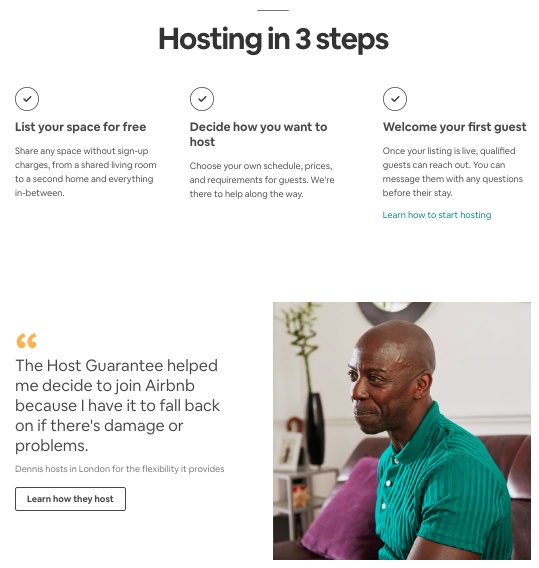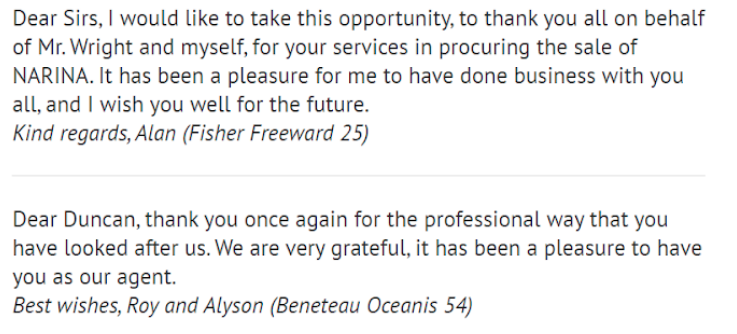Principle 5:
Credibility
7 May 2020
The 7 Principles of Conversion-Centered Landing Page Design: Credibility
Credibility: The fifth principle of conversion-centred design.
What happens when your landing page lacks credibility?
Nothing.
Literally nothing. No click-throughs. No, “Hey, check out this cool offer I found!” No customer conversions.
Because when your landing page is swimming in suspicion, you’ll haemorrhage trust. And as any savvy marketer knows, trust is the currency of business.
With that in mind, creating landing pages that ooze credibility is key. This is the fifth step in nailing conversion-centred design. And if that sentence means nothing to you, read our introduction to CCD.
The proof is in the pudding.
And the pudding is the various trust elements on your page. Like these:
- Social shares from your customers, partners and fans
- Reviews
- Ratings
- Referrals
- Certifications from accredited bodies (e.g. Microsoft Gold certification)
- An SSL certificate (signalling a secure internet connection)
- Testimonials (in the form of quotes, Twitter mentions, photos or videos)
- Number of sales
- Rankings
- Endorsements (i.e. a well-known influencer giving their public support)
- “Your friends bought/tried/liked/shared this”
- Privacy policies
Your first task is creating, sourcing or requesting content for as many types of proof as you can.
But I get it, that’s a lot of trust elements to consider. To keep track, you could make a living document and update it the instant you get validatory content.
It’s also handy to continually monitor your social media pages to harvest social shares and endorsements from your biggest fans.
Plus, conducting regular outreach to your followers will increase the amount of credible content you can capture.
Congruence to seal the deal.
Collecting trustworthy content is the first credibility step. The next task is as critical as the content itself: ensuring you include the right trust elements on your page and placing them correctly.
What do we mean by this? Congruence, my friends (if you’re thinking congru-what now? then you gotta read this blog).
Here’s Airbnb nailing both congruence and credibility on their landing page for prospective hosts:

Source: Airbnb
As you can see, the testimonial and number of hosts (which is equivalent to the number of sales) are specific to the purpose of the page: become an Airbnb host.
Also, the language used in these trust elements features the landing page’s main keywords. Even the picture’s description is on point as it’s titled: ‘host_testimonial_dennis’.
As a result, you can see how everything connects to the campaign goal. That Airbnb have achieved this while solidifying their reputation proves them masters of congruence and credibility.
A crisis of confidence.
A lack of confidence is what your visitors will experience if your testimonials, reviews or endorsements are as vague as a no-deal Brexit.
Feast your eyes on these testimonials to catch our drift:

Source: Clarke and Carter
If you can figure out the exact service these customers are chatting about, you should apply for a job cracking codes at MI5.
Turns out, NARNIA isn’t a magical land behind a wardrobe. It’s a yacht Clarke and Carter helped the customer sell. And that’s the service: they’re international yacht brokers. And whilst context from the rest of the page helps explain this, remember, people skim read body copy in favour of bolder sections of a webpage like testimonials.
So you need to be crystal clear with them, explaining how you help people, not just that you are helpful.
Want to secure visitor’s confidence in your business? Then your landing page’s trust elements must have good clarity to secure credibility.
Hyperbole takes a toll on credibility.
This is the BEST article you’ve ever read! You’re going to print it off and nail it to your wall because it’s changed your life.
Overkill, much? That’s exactly what your visitors will think when they see hyperbole-laced testimonials on your landing page.
Over-the-top and exaggerated statements about your business kills credibility, whilst toning it down has a positive impact on trust. The trick is finding the balance between being believable and compelling.
A simple way to achieve this: demonstrate the positive effect your product or service has on your customer’s lives using specific examples, such as:
1. Before and after shots – great for skill-based courses such as photography or cooking.
2. End result statements – a client describes their expectations and the end result, demonstrating how the business specifically helped them achieve their goal. Here’s a great example:

Source: Blue Compass
3. Quantitative statements – using real data (“We saw a 45% increase in traffic to our website”) will appeal to those who rely on facts to make a purchase.
4. Include logos and clients names – including a company logo and the name of your client will help solidify your testimonial’s credibility, as the user has evidence that you’ve dealt with real people and businesses.
5. Emotionally driven statements – realistic personal affirmations will help visitors connect to your brand on an emotional level, like this:

Source: Business Coaching
Give visitors an easy ride.
Credibility in your landing page design is also about making the customer experience easy. Easy to trust your brand, contact you and buy from you.
A safe and secure experience: apply security seals – like PayPal Verified and SSL – to your landing page to give visitors peace of mind that their personal details are protected when submitting their data or making a purchase.
Easy-to-find contact information: talking to you should be effortless so prospects or customers feel assured they can reach you easily if they need to
A simple buying and return process: only ask customers for essential information so buying from you is quick and easy. And be clear and transparent about your return process or your purchase guarantee so customers know exactly what they’re getting themselves into
An accessible and straightforward privacy policy: clearly communicate how you respect people’s privacy and make this information easy to access if it isn’t featured on your landing page
Above all else, be genuine. No promises you can’t keep or statements you can’t prove.
Your visitors are almost ready to close.
But closing is an art in itself. In our next blog on conversion-centred landing page design, we’ll show you how to seal the deal.